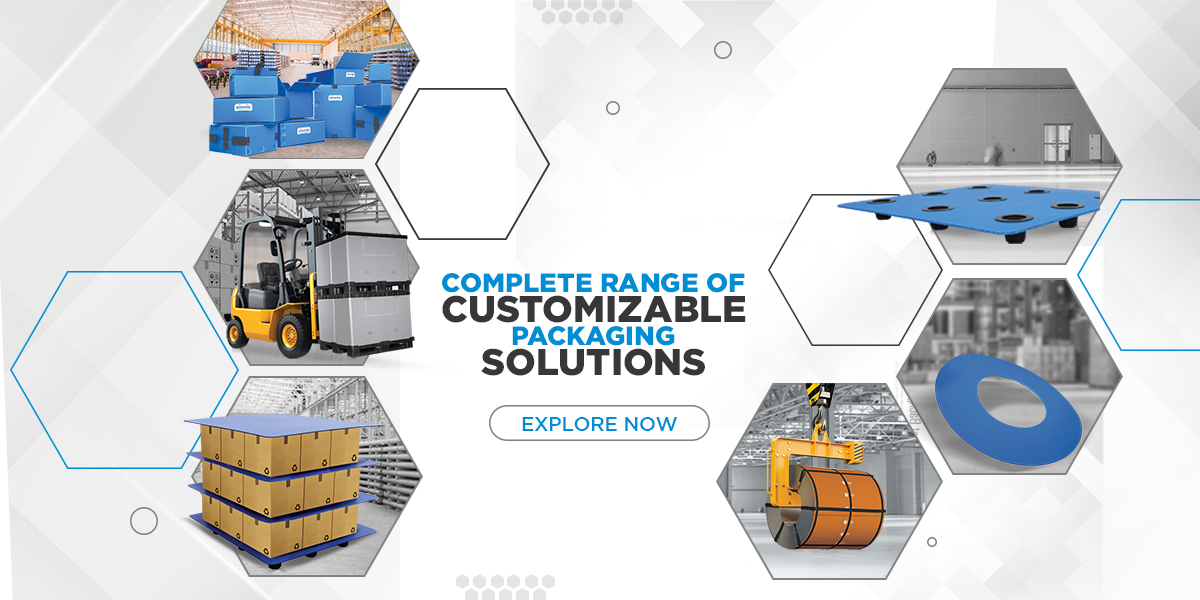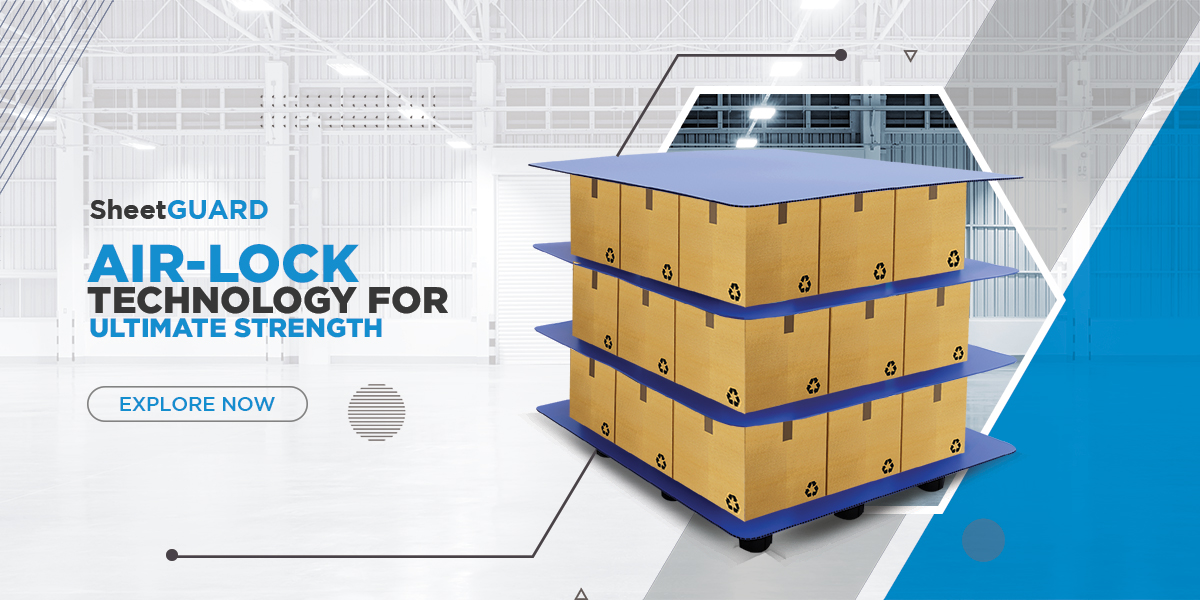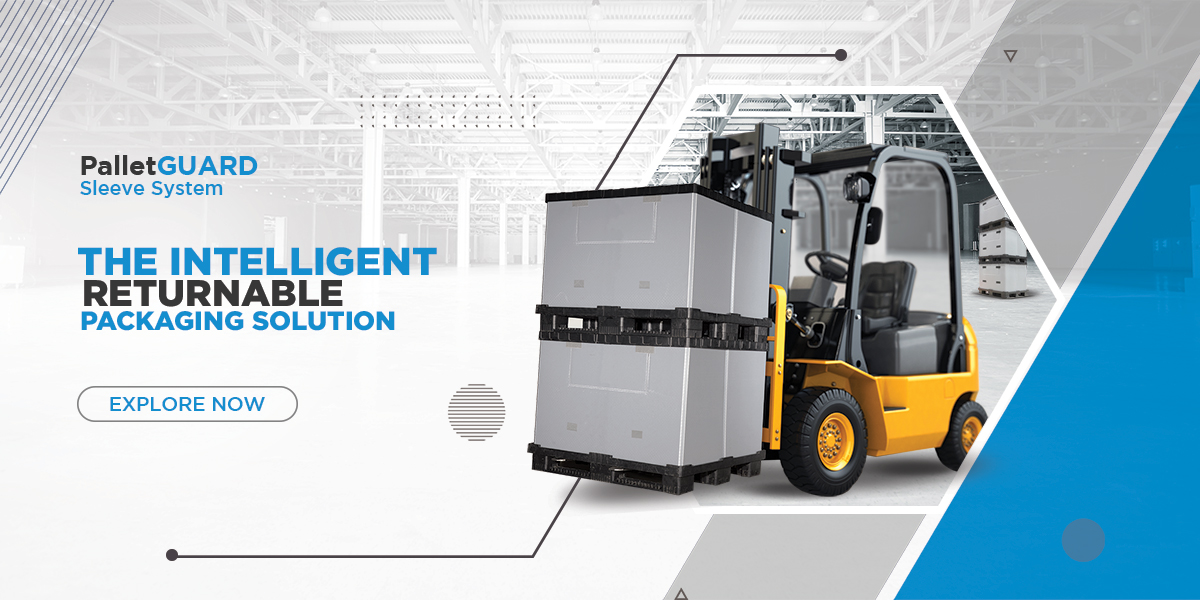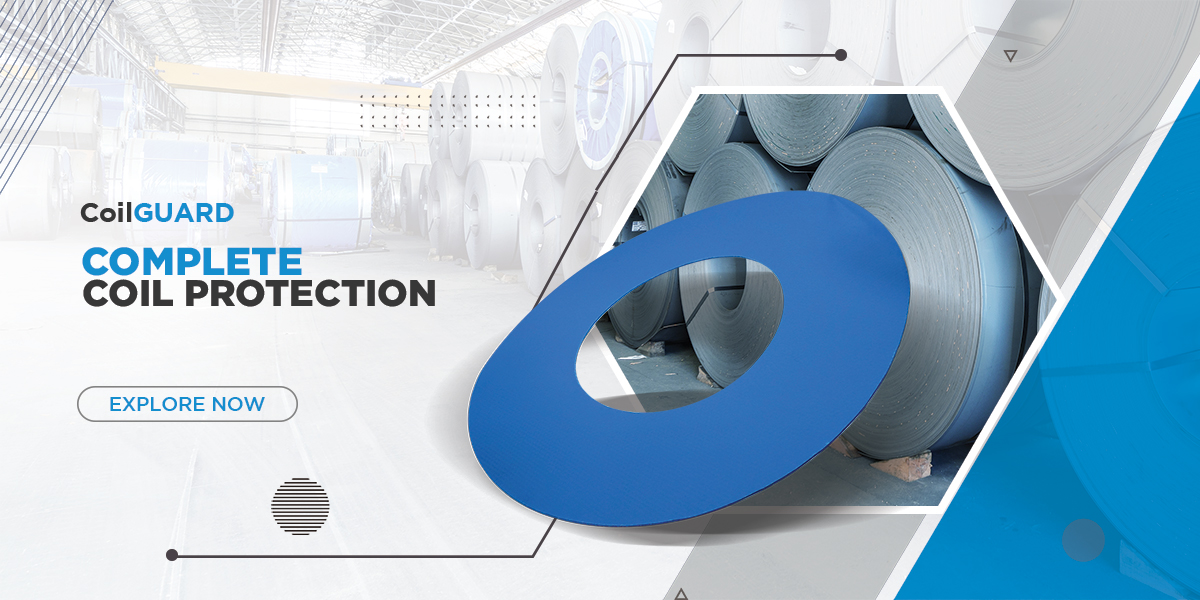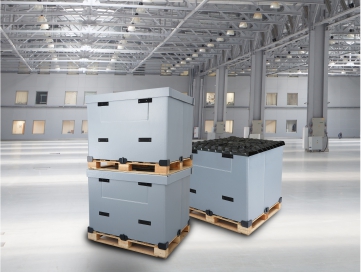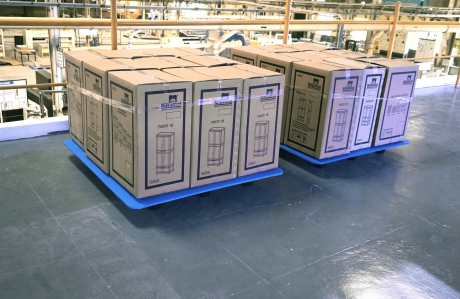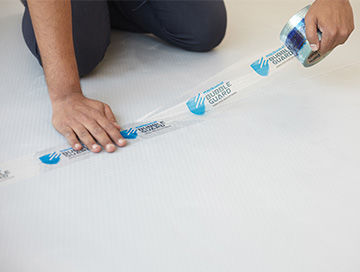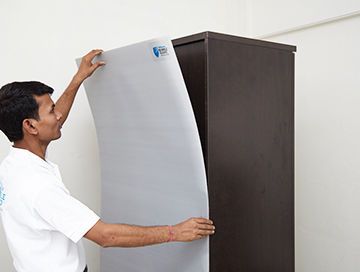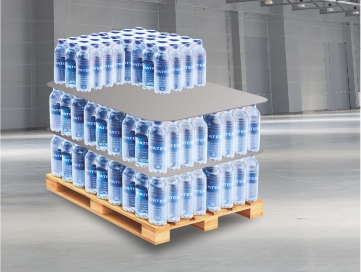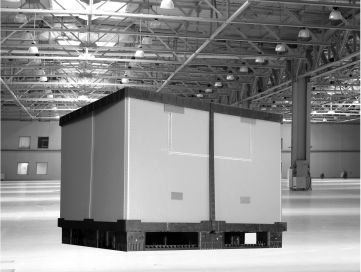Bubble Guard
Blog
The smell of fresh paint and the shine of new furniture instills our senses, and when we walk into that new space we instantly call it our home! Home to us is an emotion, it talks about who we are than what we do. Painted walls, lit chandeliers, upholstered windows are all still incomplete without a floor that matches it all, because floors complement décor.


